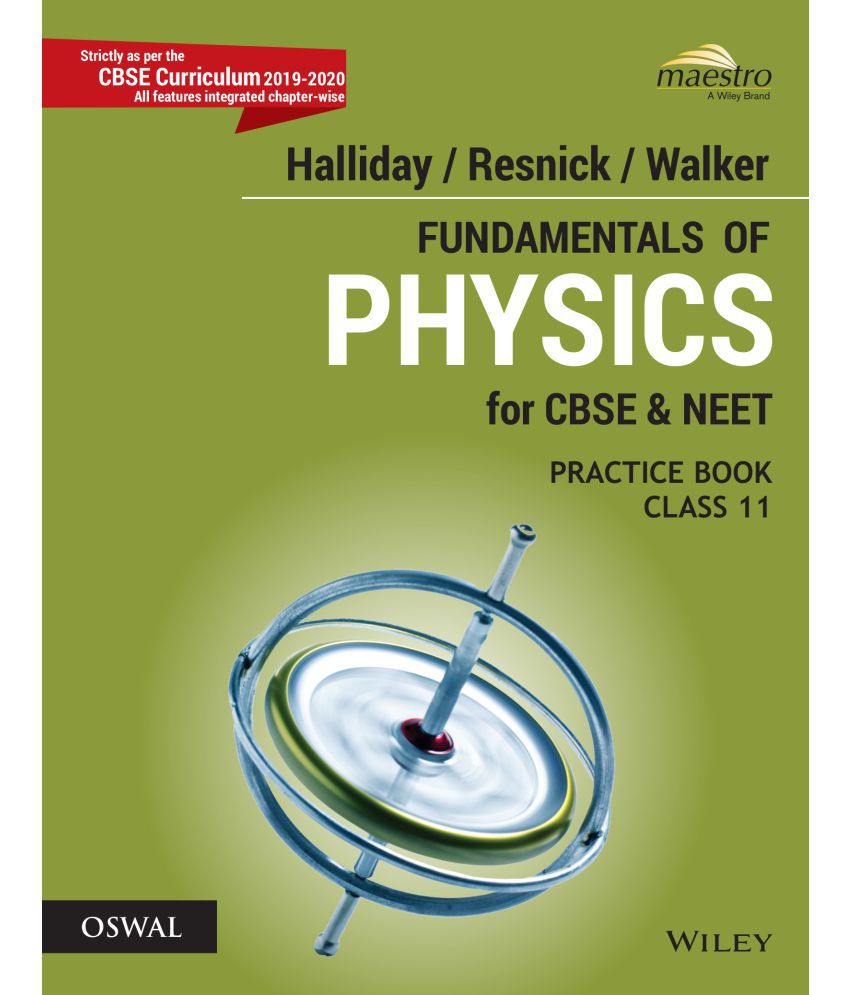

New topics include the tight-binding model and an expanded discussion on Bloch waves. This new edition includes the following updates and new features: * Expanded coverage of mechanical properties of solids, including an improved discussion of the yield stress * Crystal structure, mechanical properties, and band structure of graphene * The coverage of electronic properties of metals is expanded by a section on the quantum hall effect including exercises. The author's webpage provides Online Notes on x-ray scattering, elastic constants, the quantum Hall effect, tight binding model, atomic magnetism, and topological insulators.
#Free physics books sites free#
The text assumes only basic mathematical knowledge on the part of the reader and includes more than 100 discussion questions and some 70 problems, with solutions free to lecturers from the Wiley-VCH website. The coverage now includes ground-breaking materials with high relevance for applications in communication and energy, like graphene and topological insulators, as well as transparent conductors. The revised edition has been carefully updated to present an up-to-date account of the essential topics and recent developments in this exciting field of physics. The book is providing qualitative discussions that help undergraduates understand concepts even if they can't follow all the mathematical detail. Each section starts with a gentle introduction, covering basic principles, progressing to a more advanced level in order to present a comprehensive overview of the subject. The clear and concise introduction not only describes all the basic phenomena and concepts, but also such advanced issues as magnetism and superconductivity. This successful brief course in solid state physics is now in its second edition.
#Free physics books sites download#
Solid State Physics: an introduction (Online ProQuest unlimited users Download up to 54 pages, read online) by Philip Hofmann A must-have textbook for any undergraduate studying solid state physics. This may be the best introductory book for learning solid state physics. Finally, the book gives a brief exposition of the Hubbard model thatundergraduates can understand.The book presents all of this material in a clear fashion, dense with explanatory or just plain entertaining footnotes. The failures of band theory due to electron interaction, spontaneous magnetic orders, and mean field theories are presented well. The natural culmination of this thread is the triumph of semiconductor physics and devices.The final section of the book considers magnetism in order to discuss a range of deeper concepts. From there, the connection is made to electron wave diffraction in solids andhow it results in electronic band structure. Diffraction experiments, as the central application of these ideas, are discussed in great detail. Only then does the book turn to consider real materials.Chemical bonding is introduced and then atoms can be bonded together to crystal structures and reciprocal space results. Many of the key ideas about waves in solids are then introduced using one dimensional models in order to convey concepts without getting bogged down with details. The failures of these theories force a more serious investigation ofmicroscopics. Beginning with a discussion of how the study of heat capacity of solids ushered in the quantum revolution, the author presents the key ideas of the field while emphasizing the deep underlying concepts.The book begins with a discussion of the Einstein/Debye model of specific heat, and the Drude/Sommerfeld theories of electrons in solids, which can all be understood without reference to any underlying crystal structure. While the subject of solid state physics is often viewed as dry and tedious this new book presents the topic instead as an exciting exposition of fundamental principles and great intellectualbreakthroughs. Simon The study of solids is one of the richest, most exciting, and most successful branches of physics. The Oxford Solid State Basics (EbscoHost Unlimited users Print/E-mail/Save 50 Pages) by Steven H.


 0 kommentar(er)
0 kommentar(er)
